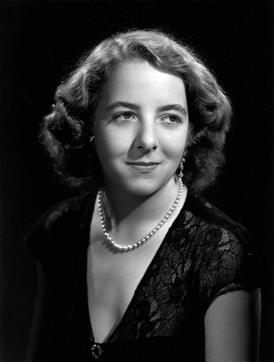
James Hepburn, 1st Duke of Orkney and 4th Earl of Bothwell, better known simply as Lord Bothwell, was a prominent Scottish nobleman and the third husband of Mary, Queen of Scots. He was accused of the murder of Mary's second husband, Henry Stuart, Lord Darnley, a charge of which he was acquitted. His marriage to Mary was controversial and divided the country; when he fled the growing rebellion to Norway, he was arrested and lived the rest of his life imprisoned in Denmark.

TamLin is a character in a legendary ballad originating from the Scottish Borders. It is also associated with a reel of the same name, also known as the Glasgow Reel. The story revolves around the rescue of Tam Lin by his true love from the Queen of the Fairies. The motif of winning a person by holding him through all forms of transformation is found throughout Europe in folktales.

Francis Hay, 9th Earl of Erroll was a Scottish nobleman. A convert to Catholicism, he openly conspired with the king of Spain to try to unseat the Protestant Queen Elizabeth.

Marjorie Bruce or Marjorie de Brus was the eldest daughter of Robert the Bruce, King of Scots, and the only child born of his first marriage with Isabella of Mar.
"The Bonnie Earl o' Moray" is a popular Scottish ballad, which may date from as early as the 17th century.

Clan Hay is a Scottish clan of the Grampian region of Scotland that has played an important part in the history and politics of the country. Members of the clan are to be found in most parts of Scotland and in many other parts of the world. However, the North East of Scotland, i.e. Aberdeenshire (historic), Banffshire, Morayshire and Nairnshire Nairn (boundaries), is the heart of Hay country with other significant concentrations of Hays being found in Perthshire, especially around Perth, in the Scottish Borders, and in Shetland. Clan Hay, since coming to America, has been instrumental in the shaping and founding of America, has made significant contributions throughout the nation's history. Members of this distinguished lineage have held numerous prominent roles, including Presidents, Governors, Legislators, and military leaders. Many locations across the United States bear the family's name in recognition of their impact.

Joan of England, was Queen of Alba (Scotland) from 1221 until her death as the wife of Alexander II. She was the third child of John, King of England and Isabella of Angoulême.

"Hind Horn" is a traditional English and Scottish folk ballad.
Fair Annie is a traditional folk ballad, existing in several variants.

"Lord Thomas and Fair Annet", also known as "Lord Thomas and Fair Eleanor", is an English folk ballad.
"The Fair Flower of Northumberland" is a folk ballad.
Leesome Brand is an English-language folk song.
"Gil Brenton" is an English-language folk song, existing in several variants.
"Earl Brand" is a pseudo-historical English ballad.

The Battle of Glenlivet was a Scottish clan battle fought on 3 October 1594 near Glenlivet, Moray, Scotland. It was fought between Protestant forces loyal to King James VI of Scotland who were commanded by Archibald Campbell, 7th Earl of Argyll, against Catholic forces who were commanded by George Gordon, 6th Earl of Huntly, and Francis Hay, 9th Earl of Erroll. The Catholics won a decisive victory in the battle, but in the aftermath were subdued by King James.

Diana Denyse Hay, 23rd Countess of Erroll was a British noblewoman.

Jean Gordon, Countess of Bothwell was a wealthy Scottish noblewoman and the second wife of James Hepburn, 4th Earl of Bothwell. He became, after his divorce from Lady Jean, the third husband of Mary, Queen of Scots. Lady Jean herself had a total of three husbands. Upon her second marriage, she became the Countess of Sutherland.

Lady Myra Idina Sackville was an English aristocrat and member of the Happy Valley set. Divorced five times, Lady Idina's behaviour and lifestyle scandalised upper-class Edwardian society.

George Hay, 7th Earl of ErrollPC was a Scottish nobleman and politician.
Thomas o Yonderdale is an English-language folk song, catalogued as Child ballad number 253 and Roud number 3890. Child assessed that this "apocryphal" ballad seemed like a recent fabrication from a pastiche of other ballads.











